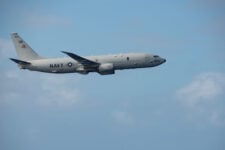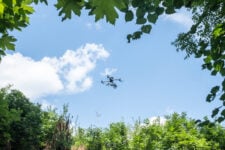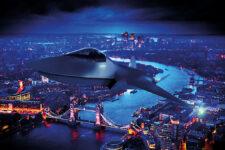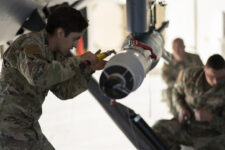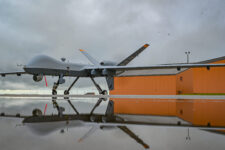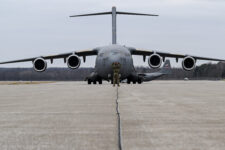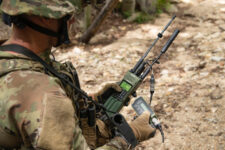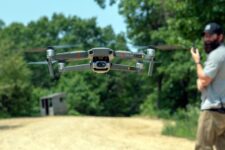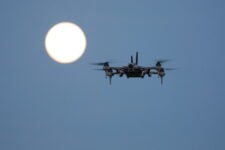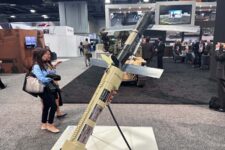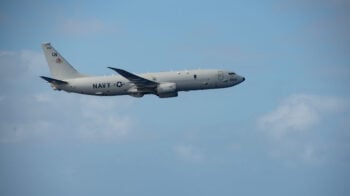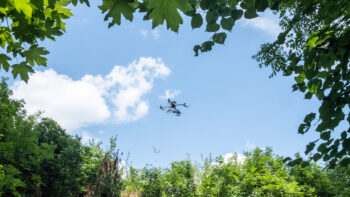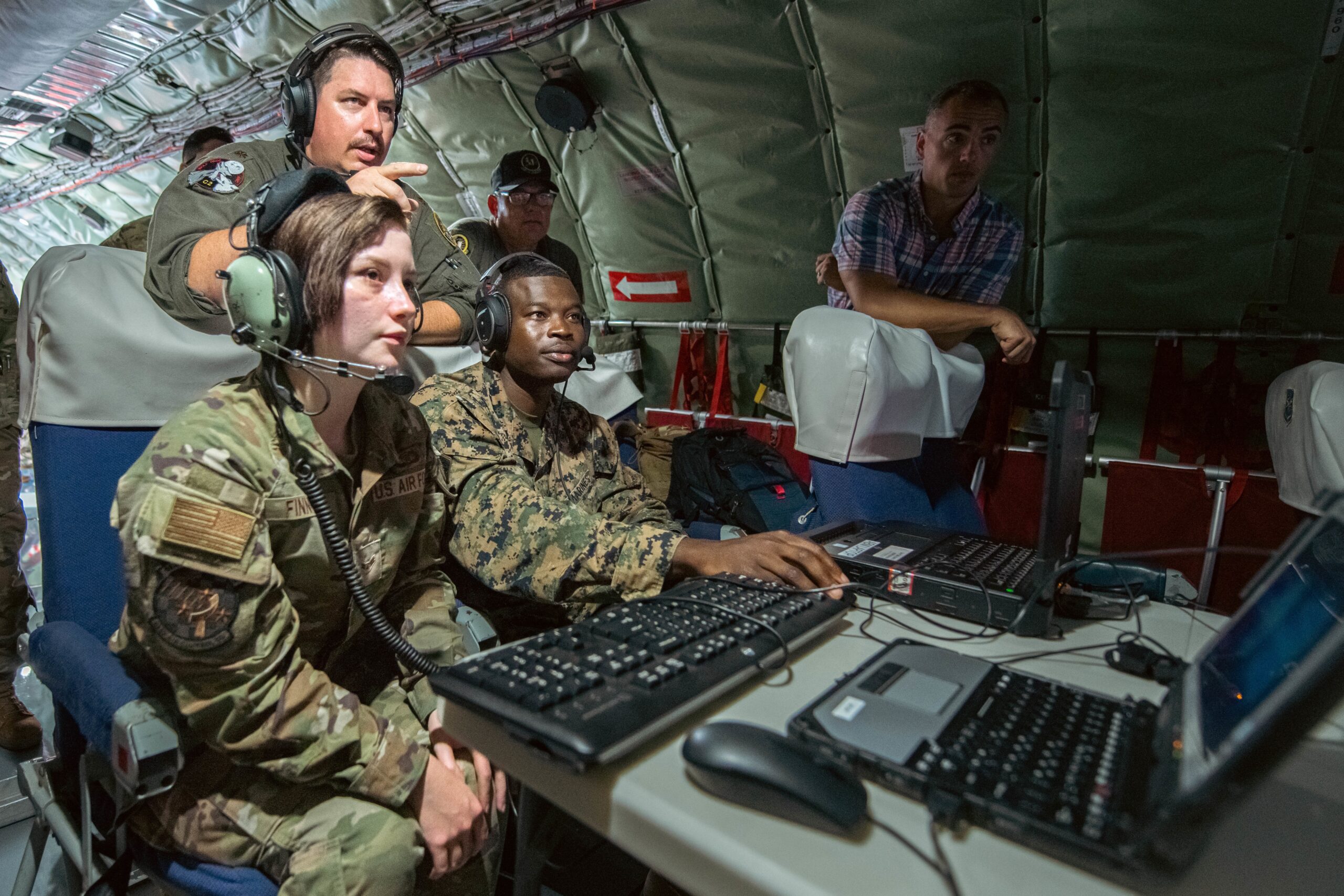
U.S. Air Force and U.S. Marine Corps servicemembers aboard the KC-135 Stratotanker check satellite connections using the RTX Intelligent Gateway connectivity solution combined with Battlespace Command and Control Center Air Battle Management hardware/software during a distributed tactical C2 experiment at exercise Northern Edge 23-2 and Mobility Guardian 2023. (Photo: U.S. Air Force)
The Department of Defense conducts many exercises throughout the year, but few have a longer-term impact on operations and force readiness than Northern Edge. The U.S. Indo-Pacific Command-sponsored and Air Force-led joint training exercise involves thousands of participants across the armed forces to train for all-domain operations in the Indo-Pacific.
As threats in the region evolve, USINDOPACOM has focused the exercise to address warfighter gaps in joint force interoperability with multinational partners and test new technologies from industry – especially those that shorten decision making cycle times in the highly contested environments that would come in a conflict with peer adversaries.
RTX sent teams to Northern Edge from two of its businesses – Collins Aerospace and Raytheon – and successfully demonstrated a suite of sensing and networking technologies that are foundational to the DoD’s Combined Joint All Domain Command and Control (CJADC2) warfighting strategy.
Data sharing up and down the decision chain

Elaine Bitonti is vice president and general manager for Connected Battlespace & Emerging Capabilities at Collins Aerospace.
“One of the key things that we brought in was technology that allowed data to be shared with certain coalition partners, which to date has been something that’s been very difficult because the coalition partners operate on different networks and at different security levels,” said Elaine Bitonti, vice president and general manager for Connected Battlespace & Emerging Capabilities at Collins Aerospace.
The technology that allowed that transfer of data between warfighting and security domains is part of what Collins calls the “intelligent gateway” that autonomously routes mission data across different networks and at different security classification levels.
“Every service within the DoD and their multinational partners use different communication networks and communication datalinks – there is no one datalink to rule them all,” Bitonti said. “At the end of the day, though, what warfighters want to do is pass data and make sure that they have the data that they need, when they need it.”
One of the challenges associated with sharing intelligence data concerns disclosing from who or where that data originated. The Collins intelligent gateway cleanses away the data’s origination, passing along only the actionable aspects of the data along with position and time. Users can only see what’s applicable to them at their classification level. There is no operator in the loop looking at what data can or cannot be shared; it all happens seamlessly.
“We saw the benefit of this at Northern Edge, in particular, where there were numerous coalition assets Collins was able to natively connect using our multi-level secure solution,” said Bitonti. “That’s something unique we brought to the exercise, and something, I would say, that was eye opening for the Air Force because it has been a challenge that they are keen to solve.”
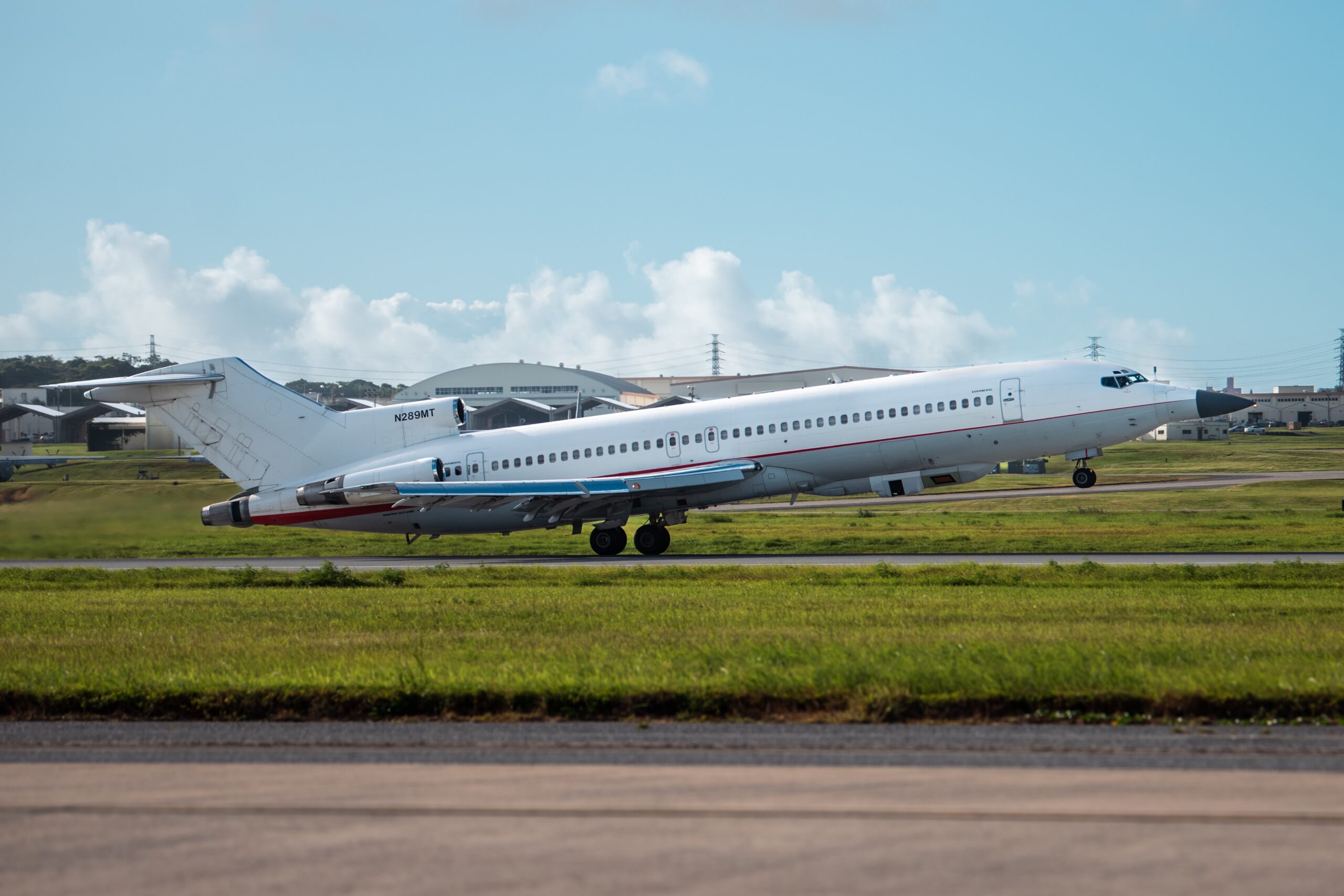
The Raytheon Multi-Program Testbed takes off during exercise Northern Edge 23-2 at Kadena Air Base, Japan. The RMT uses a combination of multi-INT sensors to capture and synchronize target data on simulated threats which is then passed on to allied players for enhanced command and control. (Photo U.S. Air Force)
Bringing a full complement of technologies
Some of the mission data the Collins intelligent gateway distributed came from the Raytheon Multi-Program Testbed, or RMT. It’s a highly modified 727 the company uses for flight tests and demonstration of capabilities across all of RTX.
Specifically for the exercise, the company focused on a mission suite configuration that included a gen-5 radar, advanced electro-optical/infrared system, and advanced SIGINT and EW systems. The sensors were integrated together using an open-architecture processor with orchestration software. It coordinated the tasking and data collection across the sensors and fused the data together as part of an edge-processing capability to quickly identify targets and increase the confidence of those identifications.
Collins then took multi-INT target information and provided fused data to a KC-135 Stratotanker supplied by the Utah Air National Guard, which housed the Collins intelligent gateway. That gateway then bridged both line-of-sight and beyond-line-of-sight (BLOS) networks back to an operations center to tie the targeting cycle together from initial tasking to battle damage assessment.

Conn Doherty is vice president and general manager for BMC2 & Autonomy Solutions at Collins Aerospace.
“With the RMT, we demonstrated an advanced scalable multi-INT sensing suite with AI/ML optimized orchestration to detect, track and ID hard targets in a very challenging threat environment,” said Conn Doherty, vice president and general manager for BMC2 & Autonomy solutions at Collins Aerospace. “The machine-to-machine edge processing on the RMT was connected via Line-of-Sight and Beyond-Line-of-Sight links back to a multi-domain BMC2 center to greatly shorten the mission data-to-decision timeline and provide decision superiority.”
In some cases where a mission thread likely took hours if not days to execute, the company was able to show – through machine-to-machine interfaces – the ability to reduce this time down to minutes.
Experiments within experiments
In addition to the larger integrated experiments to improve kill chains during NE ‘23, Collins also took advantage of the opportunity to conduct multiple experiments within the experiment.
They tested new datalinks and a network waveform to create a directional-line-of-sight capability that could increase the survivability and operational relevance of platforms that would otherwise be disadvantaged assets in a highly contested environment.
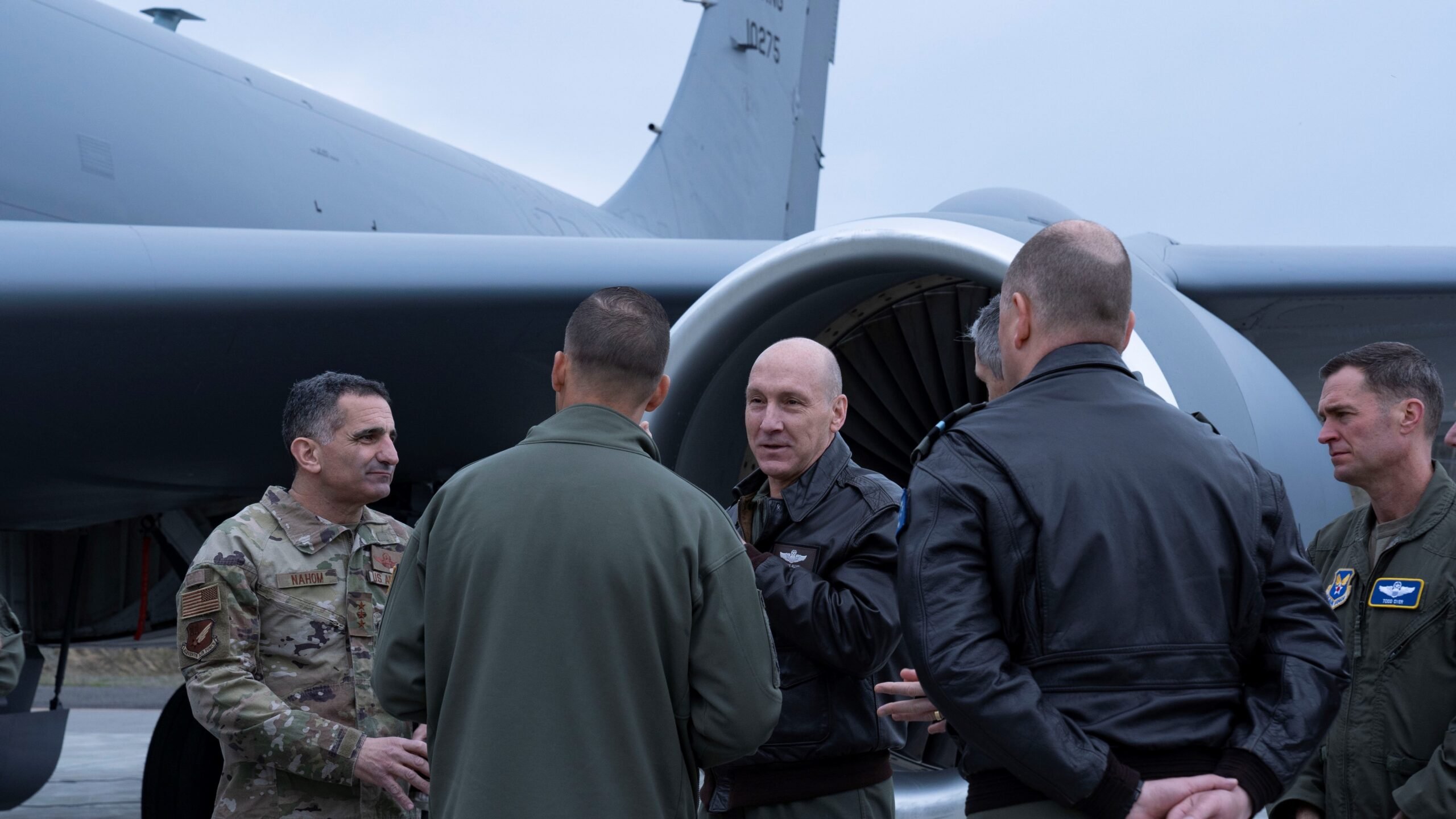
U.S. Air Force Vice Chief of Staff Gen. David Allvin and Royal Australian Air Force Deputy Chief of Air Force, Air Vice-Marshal Glen Braz tour a KC-135 Stratotanker during the Air Senior National Representatives (ASNR) Forum at Joint Base Elmendorf-Richardson, Alaska, May 16, 2023. The Collins Aerospace team integrated and demonstrated on a KC-135 a highly mature, resilient networking gateway enhanced with autonomous routing technologies that bridged disparate line-of-sight and beyond-line-of-sight networks across multiple security levels. (Photo U.S. Air Force)
“We had previously developed this technology with DARPA and had done significant testing in our own labs and with our own flight-test assets. In partnership with the Air Force and in looking at gaps that they had for future CONOPS, they sponsored us into Northern Edge to obtain real operational data,” Bitonti said.
A follow-on round of experiments in the INDOPACOM region saw company solutions connect coalition partners outside the FVEY alliance into the joint network and deliver threat awareness data from the U.S. Space Force’s Unified Data Library to multiple aircraft, demonstrating how they can be used as connectivity nodes on the battlefield.
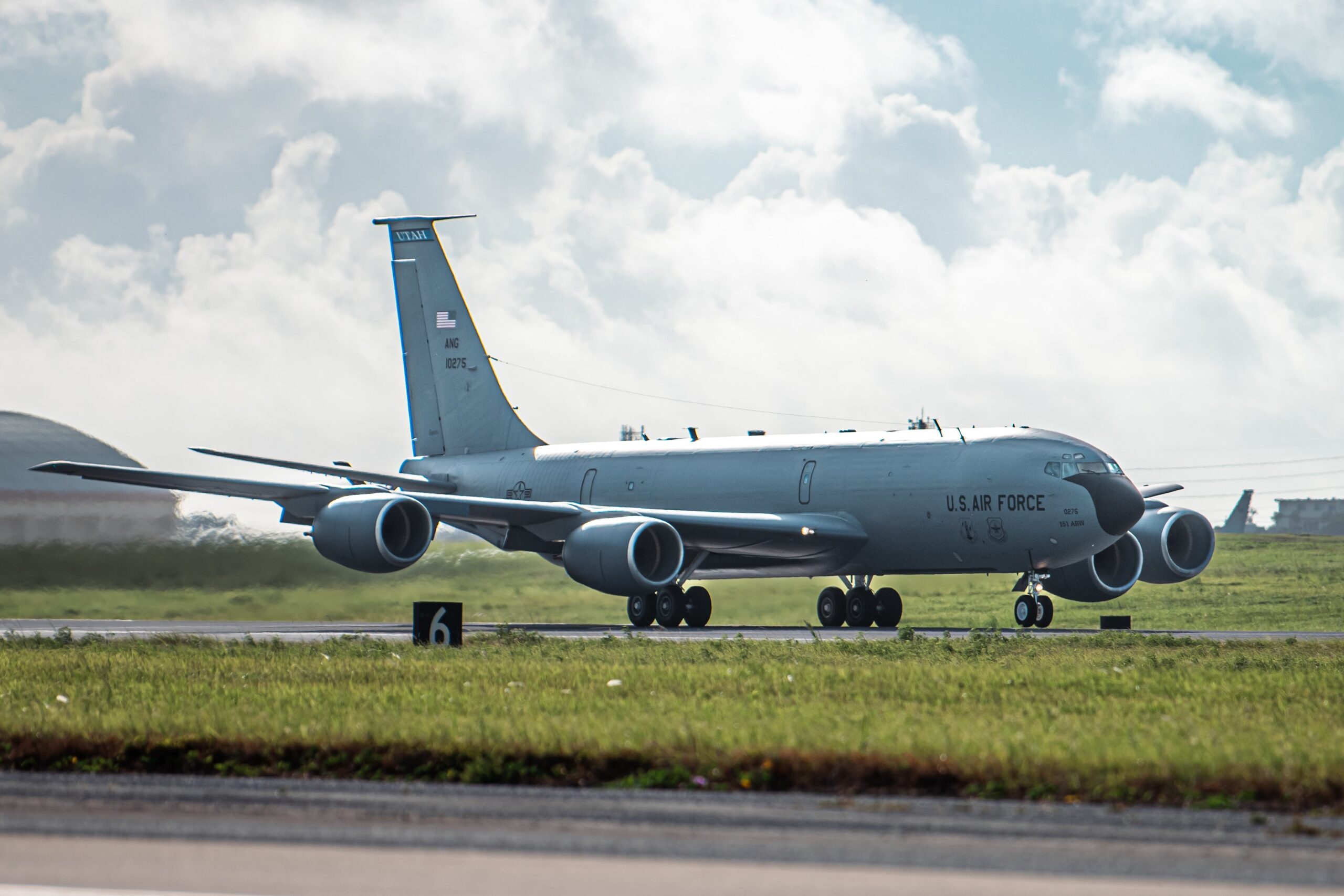
A KC-135 Stratotanker assigned to the 151st Air Refueling Wing takes off during exercise Northern Edge 23-2 and Mobility Guardian 2023 at Kadena Air Base, Japan. Collins Aerospace partnered with the Utah Air National Guard 151st ARW to test new connectivity and BMC2 solutions through an ongoing Cooperative Research and Development Agreement. (Photo: U.S. Air Force)
By the end of the exercise in July, RTX’s demonstrations at Northern Edge saw some technologies reach new technical readiness levels and show that its data-connectivity and AI-driven sensing solutions can support seamless and rapid data synchronization across the joint force and with coalition partners in key geostrategic regions.
It marked the first time the company enhanced networks with integrated wideband BLOS capability and directional communications for disadvantaged platforms to show how assets within threat areas can receive updated tasking and provide actionable information back to the joint force.
The company sees the accomplishments at Northern Edge as advancing the foundation for CJADC2 capabilities, and it’s a foundation they’ll continue to invest in and build upon through exercises into next year.
“These types of exercises provide us an environment where we can accelerate technology development, lean in and take on more risk,” Doherty said.
